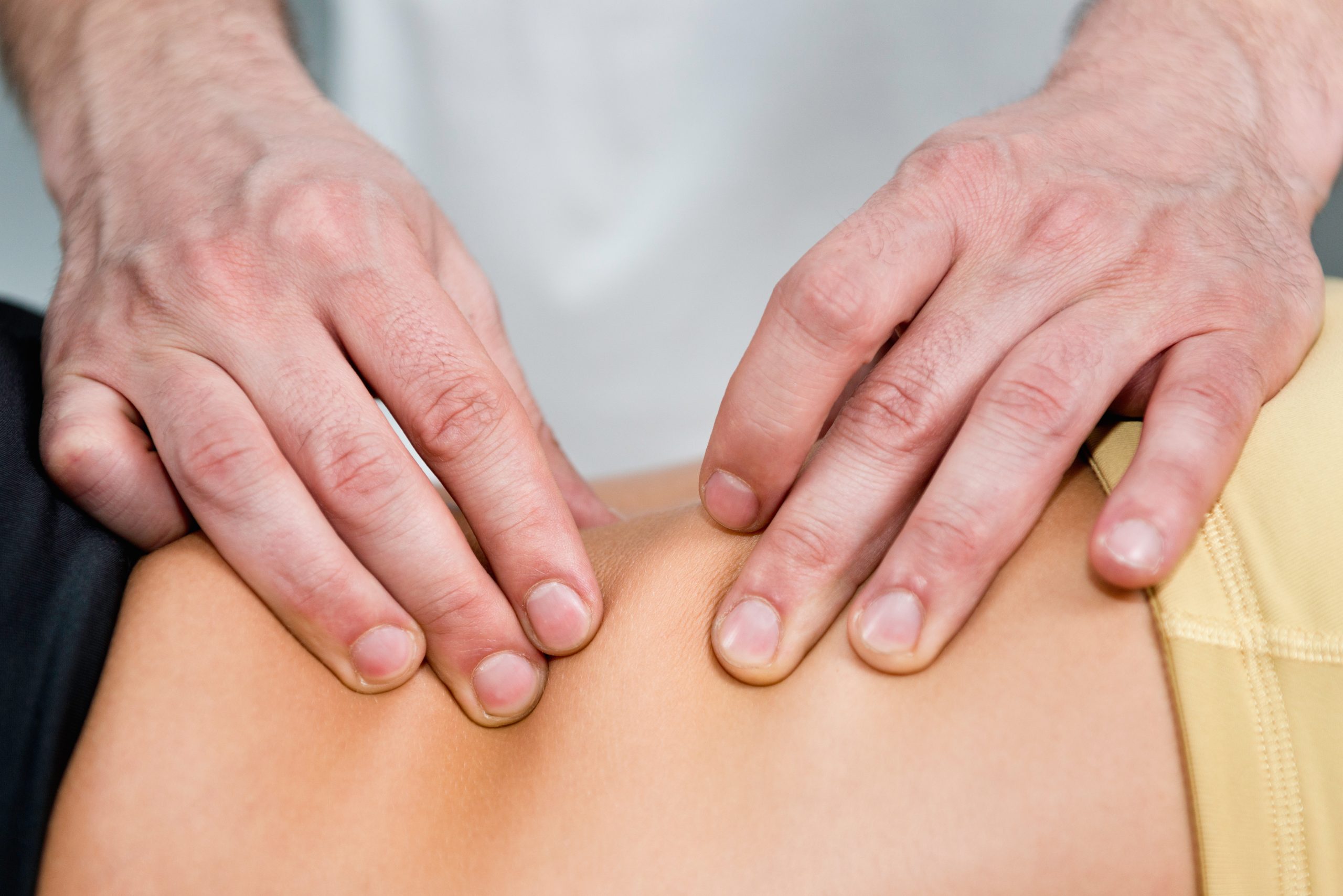
Myofascial massage, often referred to simply as myofascial release therapy, is a specialized form of massage therapy that targets the fascia. This dense, tough tissue surrounds and supports the muscles throughout the body. While traditional massage techniques primarily focus on muscles, myofascial massage delves deeper into the connective tissue to alleviate pain, improve mobility, and promote overall wellness.
Understanding fascia
Before delving into myofascial massage, it’s essential to understand the role of fascia in the body. Fascia is a three-dimensional web of connective tissue that intertwines and surrounds muscles, bones, nerves, and organs. Its primary functions include providing support, protection, and facilitating movement within the body.
However, due to factors like stress, injury, poor posture, or repetitive movements, fascia can become tight, restricted, and inflamed. This can result in pain, decreased range of motion, and overall discomfort, hindering one’s quality of life.
What is myofascial massage?
Myofascial massage aims to release tension and restrictions within the fascia, promoting relaxation and restoring balance to the body. This massage targets the fascial system using sustained pressure and stretching movements, unlike traditional massage techniques that primarily work on muscle tissue.
During the massage session, the therapist applies gentle pressure to specific body areas where tension and restrictions are present. This pressure helps elongate and soften the fascia, improving mobility and reducing pain.
Benefits of myofascial massage
Pain Relief: Myofascial massage can effectively alleviate chronic pain conditions such as fibromyalgia, lower back pain, and neck stiffness by releasing tension within the fascia.
Improved flexibility and range of motion: By releasing restrictions in the fascia, this massage can enhance flexibility, allowing for smoother movement and improved posture.
Enhanced athletic performance: Athletes often incorporate myofascial massage into their training regimen to prevent injuries, reduce muscle soreness, and enhance overall performance.
Stress reduction: This massage promotes relaxation and reduces stress by stimulating the release of endorphins—the body’s natural painkillers—and promoting a sense of well-being.
Improved circulation: The gentle pressure applied helps improve blood flow and lymphatic circulation, aiding in removing toxins and waste products from the body.
Techniques used
Direct myofascial release: Involves applying sustained pressure directly to the restricted areas of fascia to release tension and restore mobility.
Indirect myofascial release: Involves gentle stretching and traction techniques to release tension within the fascia indirectly.
Trigger point therapy: Targets specific trigger points within the muscles to alleviate pain and tension associated with myofascial restrictions.
Instrument-assisted myofascial release: Utilizes specialized tools such as foam rollers, massage balls, or gua sha tools to apply pressure and release tension within the fascia.
Book a massage!
At Prana Endura, we offer a range of modalities and cater to the needs of our clients. We offer sessions ranging from 30 to 120 minutes.
